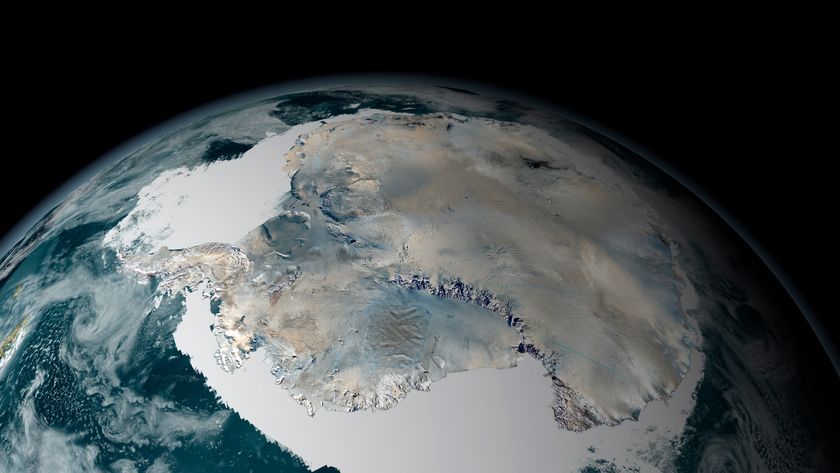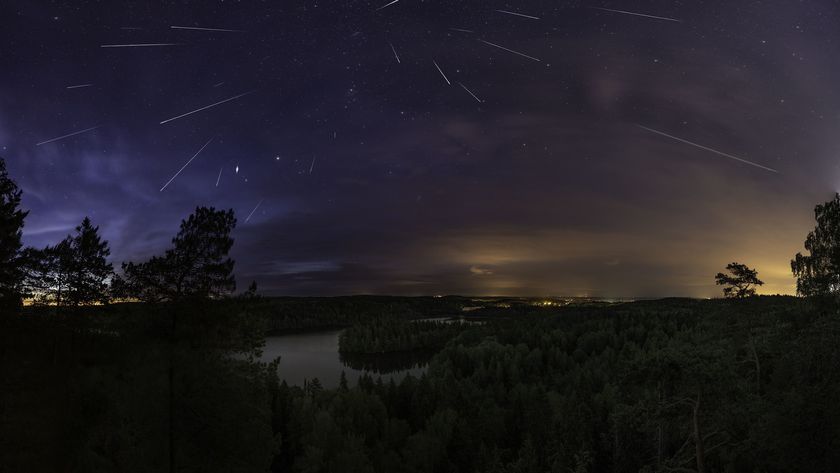Perseid Meteor Shower Draws Hundreds of Skywatchers to National Parks
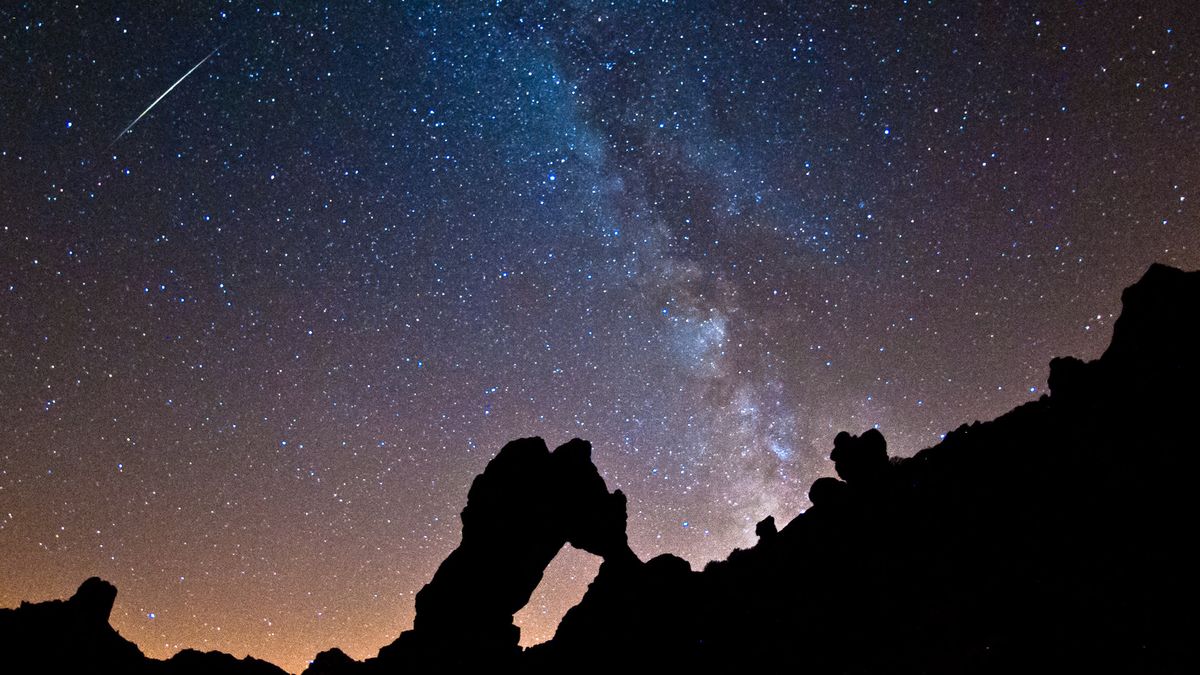
The annual Perseid meteor shower will reach its peak early next week, and skywatchers in the United States are flocking to the nation's national parks, where pristine, dark skies are ideal for watching what is typically the most dazzling fireball display of the year.
While some night sky enthusiasts have already reported Perseid sightings, the meteor shower is expected to peak overnight Monday (Aug. 12). Kelly Carroll, a park ranger at Great Basin National Park in east-central Nevada, calls the Perseid meteor shower "one of the more exciting events of the summer."
Great Basin National Park will be hosting special skywatching programs next week to mark the peak of the Perseids. On Monday afternoon, visitors are invited to take part in an educational event called Cosmic Collisions. Park rangers will be on hand to explain how collisions helped the planet, solar system, galaxy and universe evolve, Carroll said. Attendees will also learn about meteors, and be able to touch real meteorite samples, he added. [Perseid Meteor Shower of 2013: Amazing Photos by Stargazers]
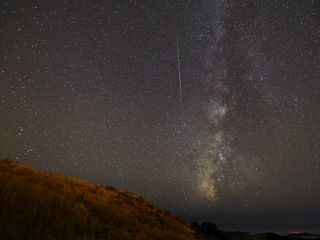
In the evening, beginning at 10 p.m. local time, the park's annual Perseid Meteor Shower Watching Party will kick off. The park's so-called Dark Rangers, or astronomy park rangers, will be on hand to help people orient themselves with the night sky.
"We will have the park's multiple 11- and 12-inch telescopes set up to look through," Carroll told LiveScience. "Plus fun explanations about meteors, constellations and other astronomy fun facts. The Dark Rangers will be out until 1:00 a.m. watching the meteor shower."
Carroll is expecting between 150 to 200 people to attend this year's events. Entrance to the park is free, as are all the events, which will take place at the Lehman Caves Visitor Center.
"We put a lot of effort into it, because we want it to be more than just watching the meteors," Carroll told LiveScience. "We want to ensure that our programs reach all demographics — things that both kids and adults would enjoy."
Sign up for the Live Science daily newsletter now
Get the world’s most fascinating discoveries delivered straight to your inbox.
This year, Carroll predicts skywatchers will be able to see 80 to 100 fireballs per hour, especially once the moon sets and the skies become really dark.
"On the night that we're doing our programs, the moon sets really early, so by the time we go out and start watching, there'll be no moonlight," Carroll said.
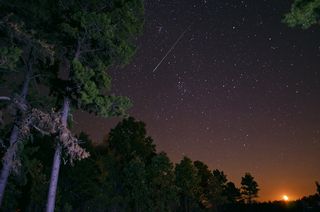
At Big Bend National Park in West Texas, there are no planned events for the Perseid meteor shower this year, but with its designation as a Dark Sky Park by the International Dark-Sky Association, Big Bend usually attracts quite a few skywatchers in the summer, said park ranger Bobbie Smith.
"Sometimes they make their presence known, but for the most part, [they] just stay at one of our back country sites and view away," Smith said.
Similarly, at Grand Canyon National Park in northern Arizona, the Perseids have previously been a big draw.
"In the past, we've sometimes had a ranger do a 'drop by' informal program at Mather Point from 2-4 a.m. and with one big enthusiastic sign advertising it, he was amazed at how many visitors showed up!" park ranger Marker Marshall told LiveScience in an email.
In fact, one person described one of these past events as, "like Easter Sunday, but without crowd control," Marshall added.
This year, Grand Canyon National Park will have no formal programs set up for the Perseids, but skywatchers are still expected to show up to catch a glimpse at this year's fireball show.
"We will be spreading the word and suggesting that Mather Point after midnight, especially in the wee small hours of Aug. 12, would be a great place [and] time to watch," Marshall said. "Sunrise is 5:34 a.m. MST on Aug. 12, so 3-4:45 a.m. would be ideal timing for maximum meteors."
Editor's Note: If you snap an amazing picture of the 2013 Perseid meteor shower that you'd like to share for a possible story or image gallery, please send photos, comments and your name and location to spacephotos@space.com.
Follow Denise Chow on Twitter @denisechow. Follow LiveScience @livescience, Facebook & Google+. Original article on LiveScience.com.

Denise Chow was the assistant managing editor at Live Science before moving to NBC News as a science reporter, where she focuses on general science and climate change. Before joining the Live Science team in 2013, she spent two years as a staff writer for Space.com, writing about rocket launches and covering NASA's final three space shuttle missions. A Canadian transplant, Denise has a bachelor's degree from the University of Toronto, and a master's degree in journalism from New York University.
